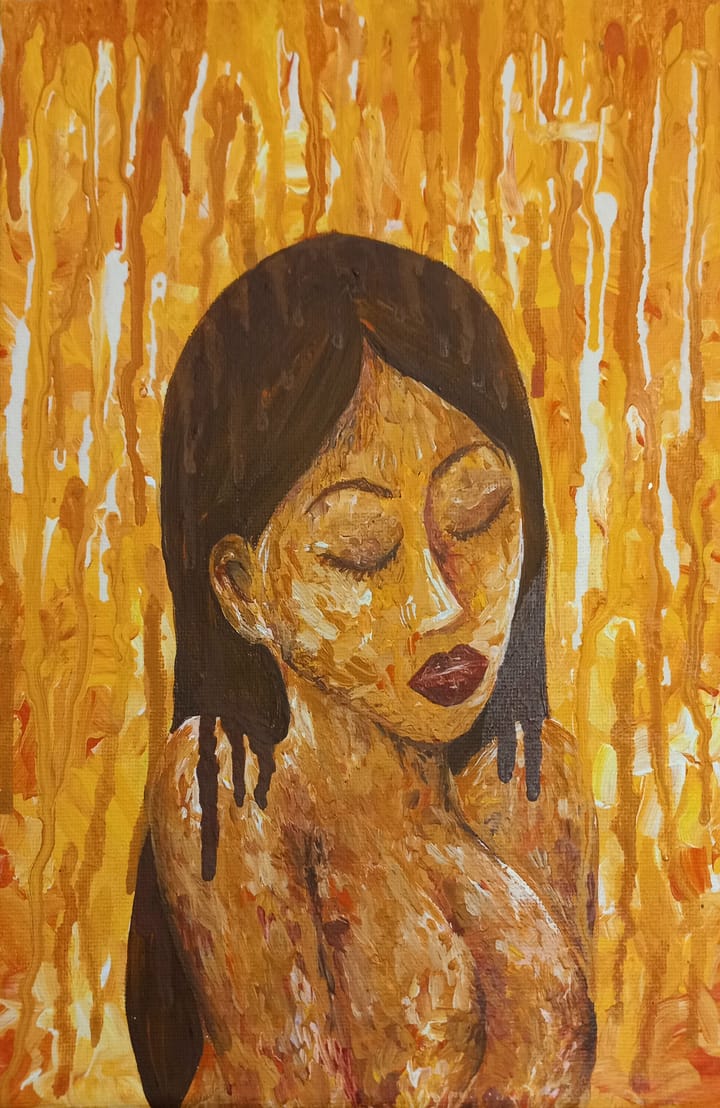SILT Fellowship: Artistic Entrepreneurs
On the 27th of March this year, (Afrik’Art), a gallery that a pair of friends and I founded nearly two years ago in Johannesburg while attending the African Leadership Academy (ALA), officially opened its new space. This was the hardwon result of messy beginnings, incessant disputes and the teeth-clenching grit involved in trying to deliver passably professional results on a shoestring budget (while completing both A-level and Entrepreneurial Leadership and African Studies curricula). Many success stories barely mention the tedious trials involved, and if they do, these are largely romanticized as well as overshadowed by the ringing “I MADE IT!” I will be forthright in admitting that my experiences with what I now classify as entrepreneurship have all been packed with trials.
“Social entrepreneurship,” my particular flavor, is currently all the rage, and everyone seems to have a definition wittier, quirkier, and more quotable than the former. So far, the one evident truth is less in the droll turns of phrase and more in the fact that there exist so many of these definitions. Social entrepreneurship is a wonderfully adaptable way of life, and at the risk of being reductionist, community (however broadly you define it) lies at the very heart of any definition. Attending the ALA means two things:
1. You can spell “entrepreneur” without spellcheck.
2. You are more confused than average about the “true” meaning of entrepreneurship and leadership, but you are also much more comfortable with the uncertainty.
All I had to offer at 15 years old — and for a negotiable price — were my customized (read: handmade) jewelry and art/calligraphy services for envelopes. (Quite a few boarding schools in Kenya still post letters.) One discovers quickly, however, that what you have to offer is hardly in question as long as you are sufficiently convincing, as well as quick to grab a good deal when one presents itself. In addition, one finds that the seemingly trivial things, such as acquiring perfectly sized calligraphy pens and achieving the perfect location for one’s art, make an inordinate difference. Thus, my own working definition of social entrepreneurship: “the way of little things.”
Inasmuch as most social entrepreneurs have lofty missions, I have often learned that movements and organizations are in fact large maps made up of small villages and tiny swamps and lots and lots of discrete individuals. When pitching Afrik’Art Gallery, our hope was to create a space where guests could simply have coffee and put up some cool stuff from different cultures on the African continent. But after pacifying an artist who wanted certain photographs framed this way, or a designer who wanted the cultural exchange to be broader, etc., Afrik’Art soon grew into much more than just symbolic trinkets with a holistic embrace of cultural and artistic diversity displayed behind a glass case. Similarly, my current project, Project 55stories, grew out of archiving stories from my mentees with an Ernst & Young program in South Africa, attempting to remap an entire continent—all 55 countries (depending on whether you count Mali and other potential secessionists)! These archival videos (55s of Fame) have given me stories I had rarely heard, as well as revealed a passion I had not even realized was blooming.
Again, I am awed by the potency of mapping out my small passions. The emergent theme is restoration of dignity, whether it is in enabling young women in boarding school to obtain basic necessities while maintaining their pride, or legitimizing untold or unheard stories via Project 55stories. In this way, I can hardly be worried about what I will do next or what “job” (we need a lovelier word for this) I will have. Loose as it may be, I have been reflexively cultivating this passion, and it has become a way of life that I now choose deliberately every morning, like a signature scent. My hope is that I shall wear it well.





Comments ()